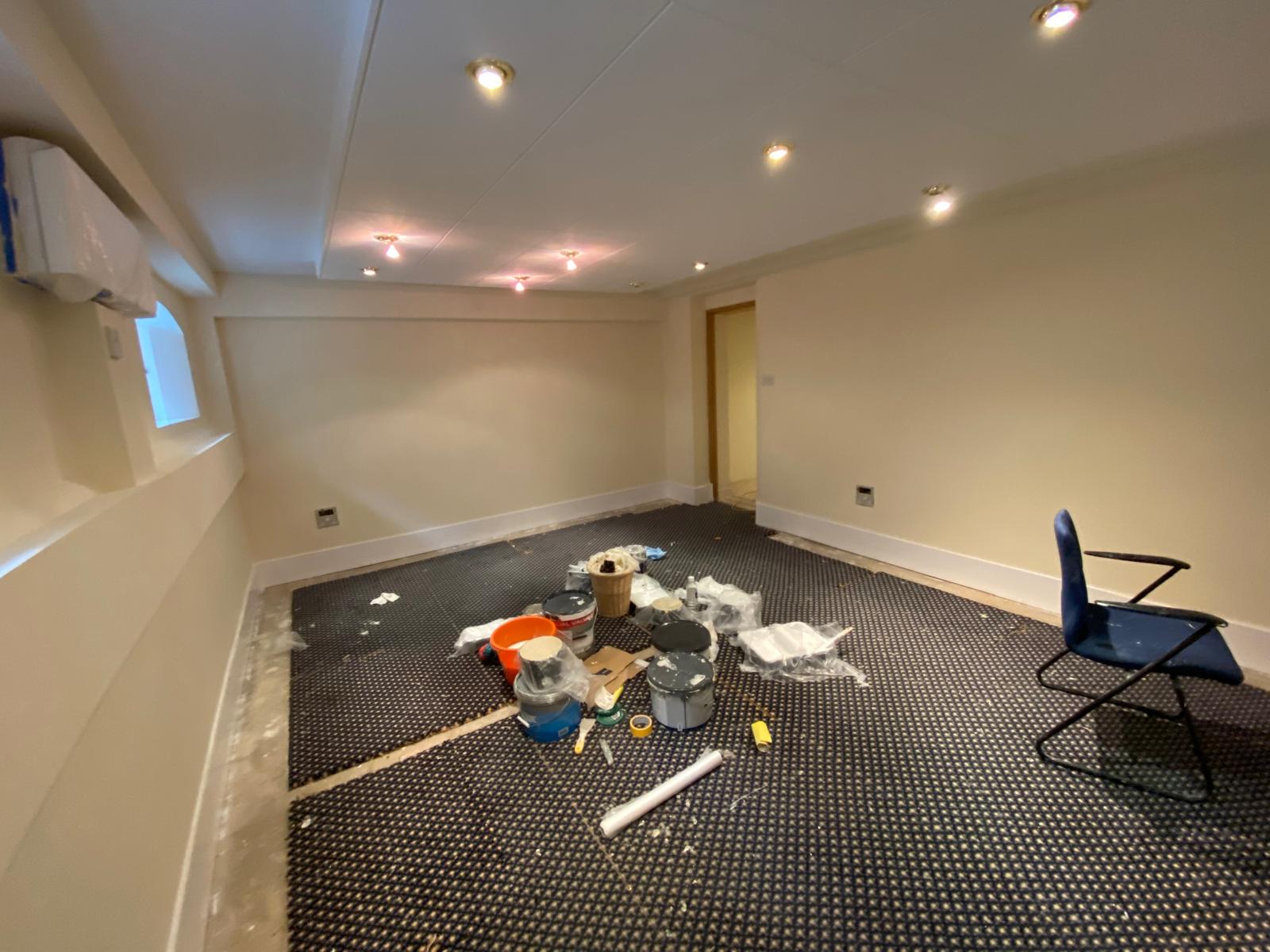What Industries and Projects require Soft Strip Demolition?
Industries and Projects That Require Soft Strip Demolition -
Educational Facilities: Schools, universities, and colleges frequently require soft strip demolition. These institutions must often update their facilities to accommodate new technologies or changing educational needs. Strip Out Company expertly handles projects for primary and secondary state schools, academies, private schools, special educational needs and disabilities (SEND) schools, preschool nurseries, and training centres. We remove outdated classroom equipment, laboratory fixtures, and specialized educational materials while preserving the building's structure.
Healthcare Facilities: Hospitals, clinics, and medical centres regularly undergo renovations to keep up with advancing medical technologies. Soft strip demolition allows these facilities to remove old medical equipment, specialized fixtures, and outdated infrastructure without compromising the building's integrity. This process is crucial for maintaining sterile environments and adhering to strict health regulations.
Office Buildings: As businesses evolve, so do their workspace needs. Office buildings frequently require soft strip demolition to accommodate new layouts, technological upgrades, or complete repurposing. Strip Out Company removes cubicles, partition walls, outdated electrical systems, and old furnishings to prepare the space for modern office designs.
Retail Spaces: The retail industry constantly reinvents itself to attract customers. Stores, shopping centres, and boutiques use soft strip demolition to remove old fixtures, display units, and interior finishes. This process allows for complete rebranding or repurposing of retail spaces without needing full-scale demolition.
Hospitality Industry: Hotels, restaurants, and leisure facilities regularly update their interiors to stay competitive. Soft strip demolition enables these businesses to remove old furnishings, décor, and non-structural elements while preserving the building's shell. This approach benefits historic buildings that need internal updating while maintaining their external character.
Industrial and Warehouse Facilities: As manufacturing processes and storage needs change, industrial buildings and warehouses require adaptation. Soft strip demolition allows for removing old machinery, conveyor systems, mezzanine floors, and storage units. This process prepares the space for new equipment or a change in use while maintaining the building's structural elements.
Residential Properties: Homeowners and property developers use soft strip demolition for significant renovation projects. This process is ideal for removing old kitchens, bathrooms, and interior fittings while preserving the home's structure. It's instrumental in period properties where maintaining the external appearance is crucial.
Government and Public Buildings: Local authorities and government agencies must often update or repurpose public buildings. Soft strip demolition allows for removing outdated fixtures, security systems, and interior layouts while maintaining the building's structure. This approach is cost-effective and minimizes disruption to public services.
Cultural and Heritage Sites: Museums, theatres, and historical buildings require careful renovation to preserve cultural significance. Soft strip demolition removes non-original additions or outdated facilities while protecting the building's historical features. This delicate process requires specialized skills to preserve valuable architectural elements.
Research Facilities: Scientific laboratories and research centres frequently update their facilities to accommodate new technologies and research methods. Soft strip demolition allows for carefully removing old lab equipment, specialized ventilation systems, and outdated safety features while preparing the space for cutting-edge research environments.
In all these industries and projects, soft strip demolition offers a sustainable, cost-effective, and efficient way to prepare buildings for renovation or repurposing. It minimizes waste, allows for material recycling, and provides a clean slate for new designs while preserving the building's structural integrity.
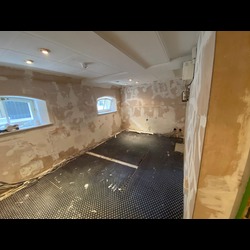
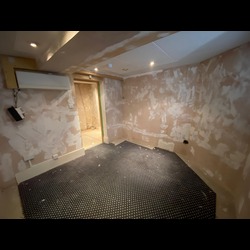
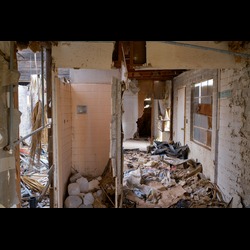
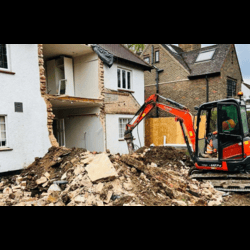
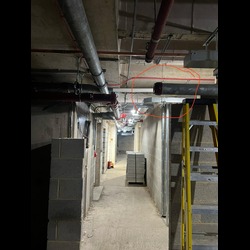
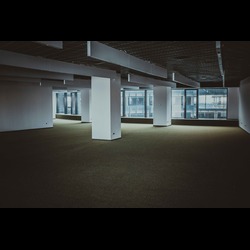
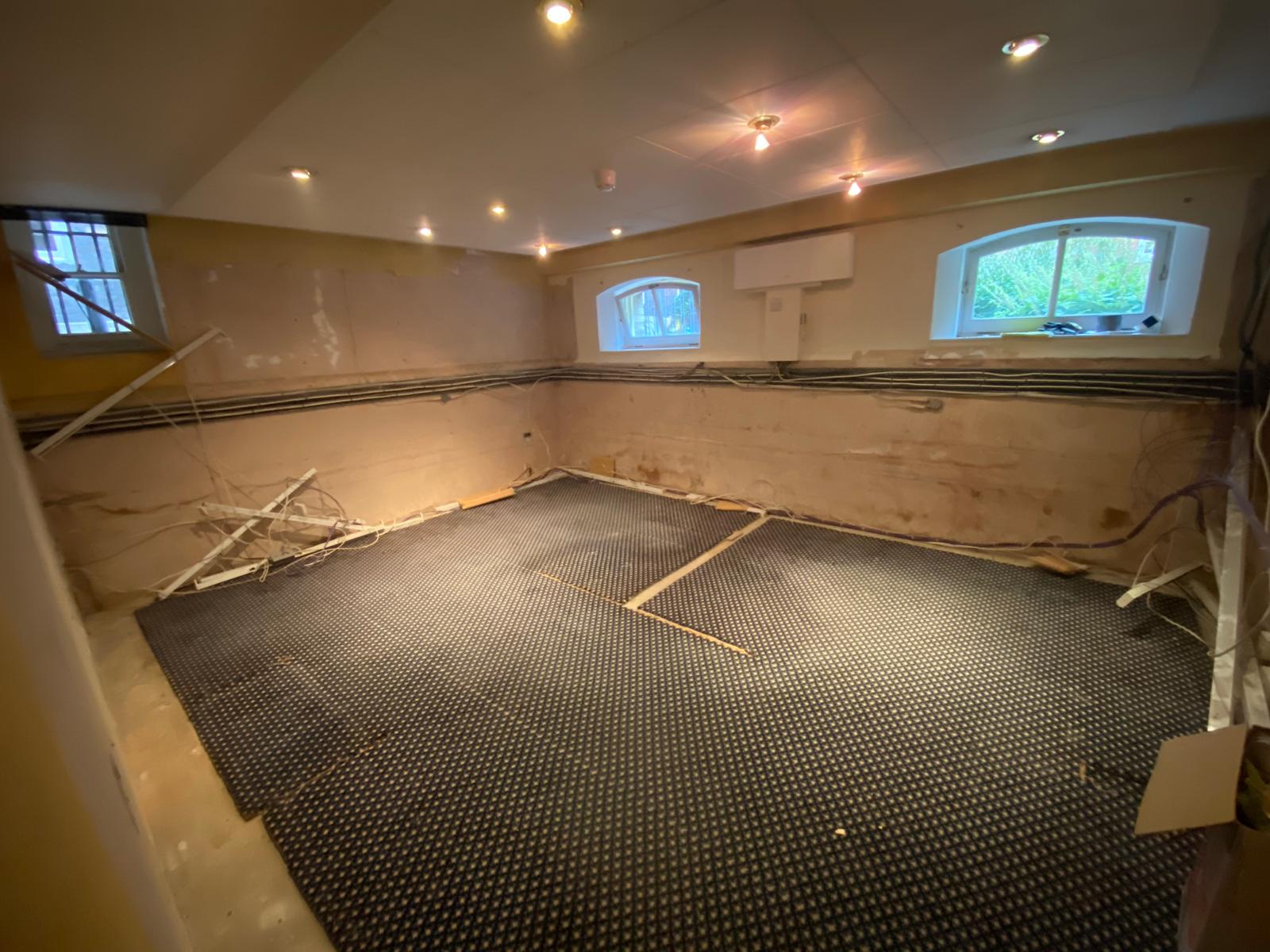
.jpg)
